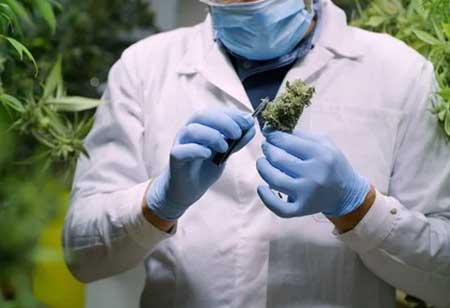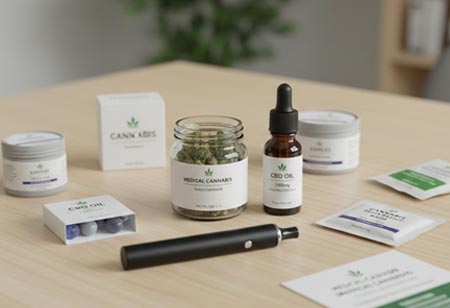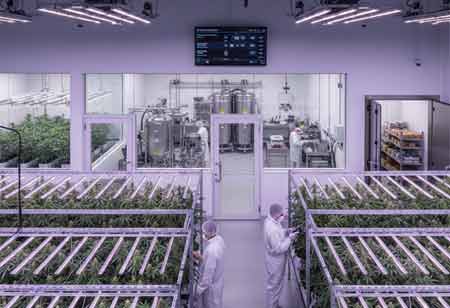Thank you for Subscribing to Cannabis Business Insights Weekly Brief
Ways to Enhance Safety in Cannabis Extraction
Timely training is crucial, as proactive health and safety measures are essential. All staff should receive training before working with hazardous materials, with annual refresher sessions strongly recommended. Additionally, following any near-miss or incident, a thorough review and retraining shoul

By
Cannabis Business Insights | Monday, March 24, 2025
Stay ahead of the industry with exclusive feature stories on the top companies, expert insights and the latest news delivered straight to your inbox. Subscribe today.
Fremont, CA: Cannabis has potential benefits, with more states enacting laws for medical use and the recreational market growing swiftly. Safety must always be a priority. Tetrahydrocannabinol (THC) extracts are at the forefront of recreational product development, including edibles and vaping oils, but consumers should be aware of appropriate dosages and potential effects. Cannabidiol (CBD) extracts are crucial in medical applications, offering therapeutic benefits. As the industry expands, ensuring safe consumption practices and quality control is essential to protect users and promote responsible use among recreational and medical consumers.
But the extraction step is crucial to all goods. High-tech industrial equipment and sophisticated chemical processes have enabled cannabis growers to try out novel strategies. These cutting-edge techniques have produced new types of cannabis extracts, including wax concentrates, crumbles, oral tinctures, and vape oils.
Primary Extraction Techniques
The three extraction methods most frequently employed in the cannabis industry are supercritical carbon dioxide (CO2) extraction, alcohol extraction, and hydrocarbon extraction. Like everything else in life, these approaches have advantages and disadvantages.
Ethanol is used in the cold, hot, or room temperature methods of alcohol extraction. It's still one of the best extraction techniques. Hot ethanol, however, frequently removes undesirable plant waxes and chlorophyll, necessitating clarifying or corrective action. Longer extraction durations are the cost of reducing these pollutants with the cold method. Ethanol extraction at room temperature separates these distinctions.
Butane or propane, which have substantially lower boiling points than ethanol, are used in hydrocarbon extraction. These solvents are ideal for vape oils or oral tinctures since they extract more of the plant's terpenes, adding flavor and scent. However, scaling up to huge batches is challenging and has serious safety risks, much like the alcohol process.
Expensive, sophisticated equipment for controlling temperature and pressure is required for CO2 extraction to transform gaseous CO2 into a cryogen or supercritical fluid. When carefully regulated, liquid CO2 readily removes oils and waxes and, in specific applications, requires little to no post-processing. Unique plant components can be extracted using a highly adjustable CO2 extraction procedure for varying pressures and temperatures.
Safety Considerations
As the explanation above made clear, two of the three primary extraction techniques use highly flammable solvents. The third uses a cryogen, which raises unique safety issues. Cannabis extraction thus has some serious safety concerns, especially when done on a large scale.
Start with a thorough hazard communication program (HCP) to address lab or production plant dangers. The standard (as well as your mandatory written program) aims to ensure that all chemicals used, stored, and handled are appropriately classified and that workers are informed of their dangers.
Determine every hazard first. The first step in this process is creating a chemical inventory, a list of chemicals with pertinent details, including the material owner, the date of acquisition, the quantity on hand, the storage location, and the safety data sheet (SDS) that goes with it.
The second essential element is SDSs, which have 16 distinct sections that include information about the chemical's components, physical characteristics, health risks, first aid protocols, personal protective equipment, and particular handling and disposal needs.2. The SDS is essential in the event of an exposure or occurrence and includes all the information required to construct your HCP. Make sure the SDS is always accessible in a matter of minutes (e.g., 24/7).






